Disasters can occur at any moment.
Whether man-made or natural, some disasters get so bad that we have to evacuate our homes immediately. For example, an earthquake, tornado, tsunami, or large scale reactor explosion make staying in the vicinity a complete death wish.
On the other hand, hail storms, thunderstorms, or sometimes virus pandemics can cause disasters in which it might be best to stay home.
In the case of the former, our best option is to first safely leave the premises with our loved ones and stay away from the place. Depending on the scale of the disaster, it could take one to three days or even more until the situation gets better.
What You Will Need
Whether you have to stay indoors or go outdoors, you will need emergency supplies. It’s always best to be prepared beforehand against disasters. In this case, your best option is to have a bug-out bag packed and ready.
If you have to go out, you can just take the bag. If you have to stay in, then you can just unload the supplies from your bag. According to the survival rules of 3, the most essential aspects of your survival based on their level of need are:
Air
You can survive for 3 minutes without air.
Shelter
Without shelter, you are able to survive for 3 hours in harsh conditions.
Water
If you have shelter then it is possible for you to survive for 3 days without water.
Food
You can survive for 3 weeks without food, provided you have water and shelter.
You never know how bad things might get. After or during a disaster, you might just need inflatable ribs to go to a safe distance.
Nonetheless, we will first talk about the essentials and then move out to other necessary tools and equipment you might need during a disaster.
1. Air filtration mask
Regarding the first essential category, it’s always best to have a dust/gas mask to help filter the air to get better oxygen. N95, P100, and any other filtration masks complete this task well.
2. Tent
Finding someplace safe to stay during harsh environments is high up on the priority list. Tents can be your temporary solution to that. The best tents are waterproof and even heat-resistant.
3. Sleeping Bag
While not as resistant as tents, quality sleeping bags do provide warmth and comfort.
4. Water filters
Portable water filters help purify water and make it safer to drink.
5. Water purifying tablets
If the drinking water supply is down and bottled water is also nowhere to be found, then you can use these tablets to make tap water drinkable.
6. Water container
You need bottles to store and carry water. It’s best to avoid carrying plastic bottles. Despite being light, it may cause problems for the water due to chemical leaching. You should use stainless steel ones as they are safer and sturdier. The best option would be to carry a bottle that has a built-in filtration system.
7. Canned food
Canned and ready to eat foods will be your safest bet in terms of eating. They are also easy to carry and non-perishable. Granola bars, ration bars, and other high-calorie bars are good options to have.
8. Fishing tools
If you are stranded for a long period and happen to have water bodies nearby, then having fishing tools can save your day. You won’t need that much equipment either. Just a string, a hook, and bait will do.
This covers the initial stage, but we still have a lot to cover. Let’s take a look at the rest.
You should always have a small medkit ready. In that medkit, you should keep:
9. Band-Aids and Gauze pads
In times like these, getting wounded can be a common thing, but the cuts and scrapes should be tended to and covered right away.
10. Antiseptic and sanitizer
These will contain alcohol and other elements that are necessary to stop bacteria from spreading if a cut occurs.
11. Anti-bacterial Wipes
These work in the same way as an antiseptic will do; it is best to keep them both in your kit.
12. Medicine
For pain relief, aspirin, ibuprofen, naproxen are good options. For allergic reactions, it is good to have diphenhydramine or loratadine. You should also have antacids and anti-diarrheal medicines just to be safe.
13. Scissors
A pair of scissors will come in handy when patching things up with the gauze pad.
You should be prepared to spend some time in the darkness. As such, keep the following in your bug-bag.
14. Matches/Lighters
Both are useful, but now there are windproof lighters, which makes them handier, considering the fact that they are compact, easy to use with one hand, and long-lasting.
15. Flashlight
The perfect tool for illumination. Compact flashlights are a must if you have to spend the night outside.
16. Glow Sticks
There are 12-hour glow sticks that can be used as a backup in case you run out of batteries in the flashlight or just want to save the power for later use.
17. Bowie Knife
The knife has to have a handle strong enough to withstand some wood carving. Knives are also a good tool for self-defense. You should always have this on the list.
18. Mini Shovel
Whether you want to make a trench, protect yourself, or dig a shelter, a sturdy mini shovel will be helpful.
19. Pepper Spray
There are pepper sprays strong enough to scare away grizzly bears. So, yes, they are definitely worth keeping.
20. Duct tape
Extremely useful for quick repairs or stopping leaks and are very lightweight.
21. Paracord Rope
This is used for tying gears together, holding things down, quick repairs, climbing, and many other uses.
22. Multitool
Yes, those all-in-one tools that have a compact scissor, screwdriver, knife, and many other tools based on their variations.
It might be breezy, so you should have some clothes to keep you warm.
23. Hand and Foot Warmers
Very lightweight but effective in keeping your hands and feet warm.
24. Warm Blanket
To keep your whole body warm, a proper blanket should do the job.
25. A bug-out Bag
The bag itself where you intend to store your supplies. Generally, these bags offer plenty of space and pockets to keep things organized. Most of them are also water and heat repellent.
26. Batteries
You need batteries for your flashlight.
27. Power bank
Power banks of 20000 Mah can help run your phone more than 72 hours if used properly.
28. Compass and GPS Tracking System
It greatly helps in determining navigation and direction. If you have batteries, you can use a GPS tracking system.
29. Whistle
Whistles can be used as a signal to communicate with others, like letting them know where you are or asking for help when in danger.
30. Emergency Cash
You can store some emergency cash in a small pouch and leave it in your bag.
It’s always helpful to be prepared against disasters as there is no telling when some natural disasters can hit. If you have your supplies ahead of time, then instead of panicking, you will be able to provide safety for you and your closed ones.





























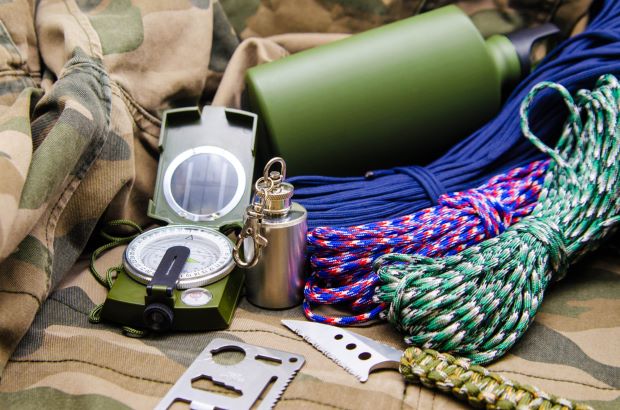

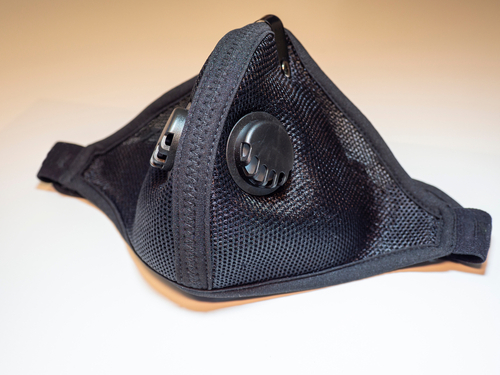
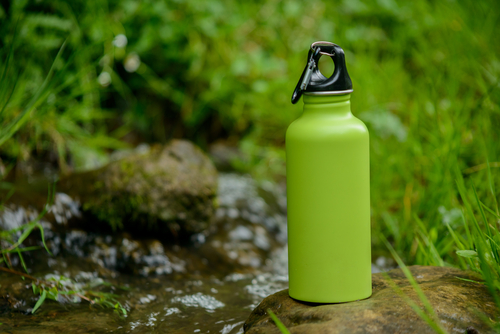
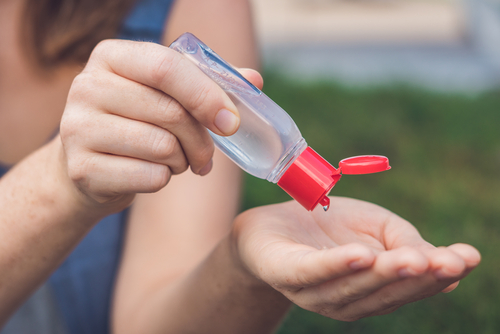
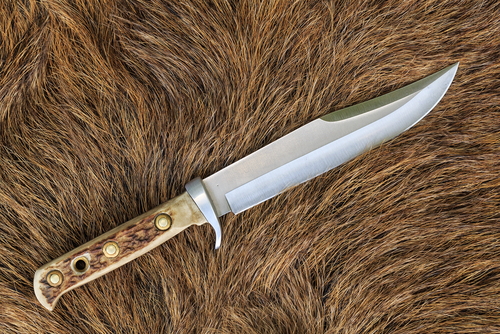
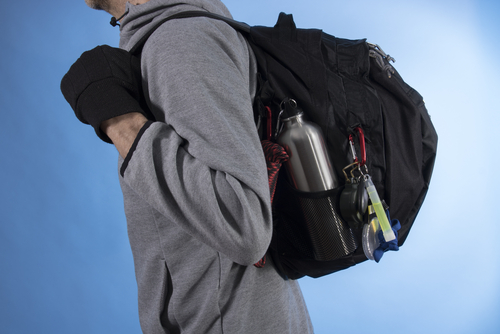

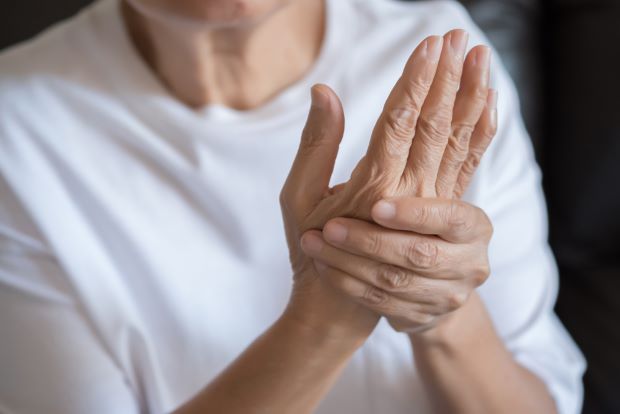























































A Bowie knife is not ideal, the size is actually too large for most survival tasks, a better option on a modest budget would be a Mora Garberg, dried foods are better than tinned as they weigh far less.
You can survive many days without food or water.
If your obese you can make your own water from stored hydrogen in your fat.
Explain?
“make your own water from stored hydrogen in your fat” – Charles Nemec | May 1, 2020